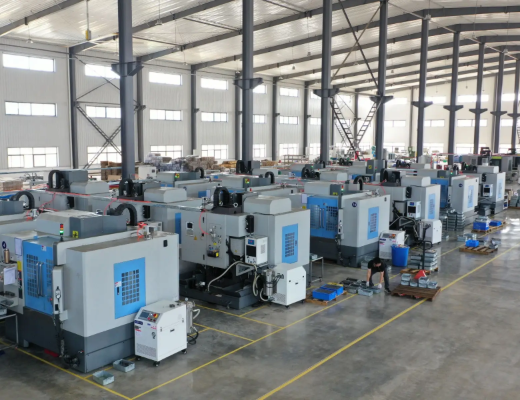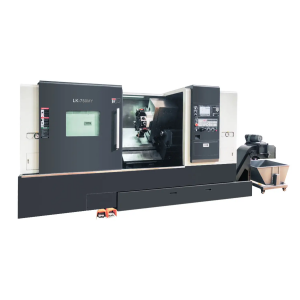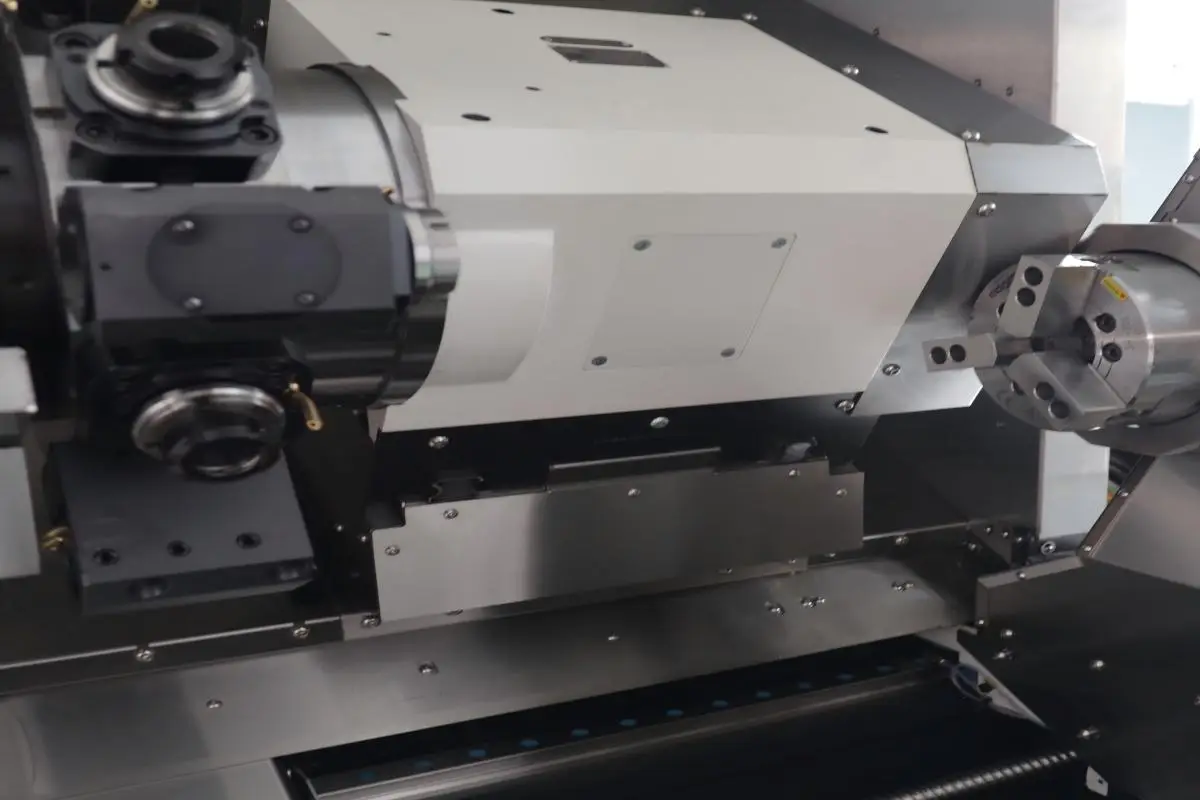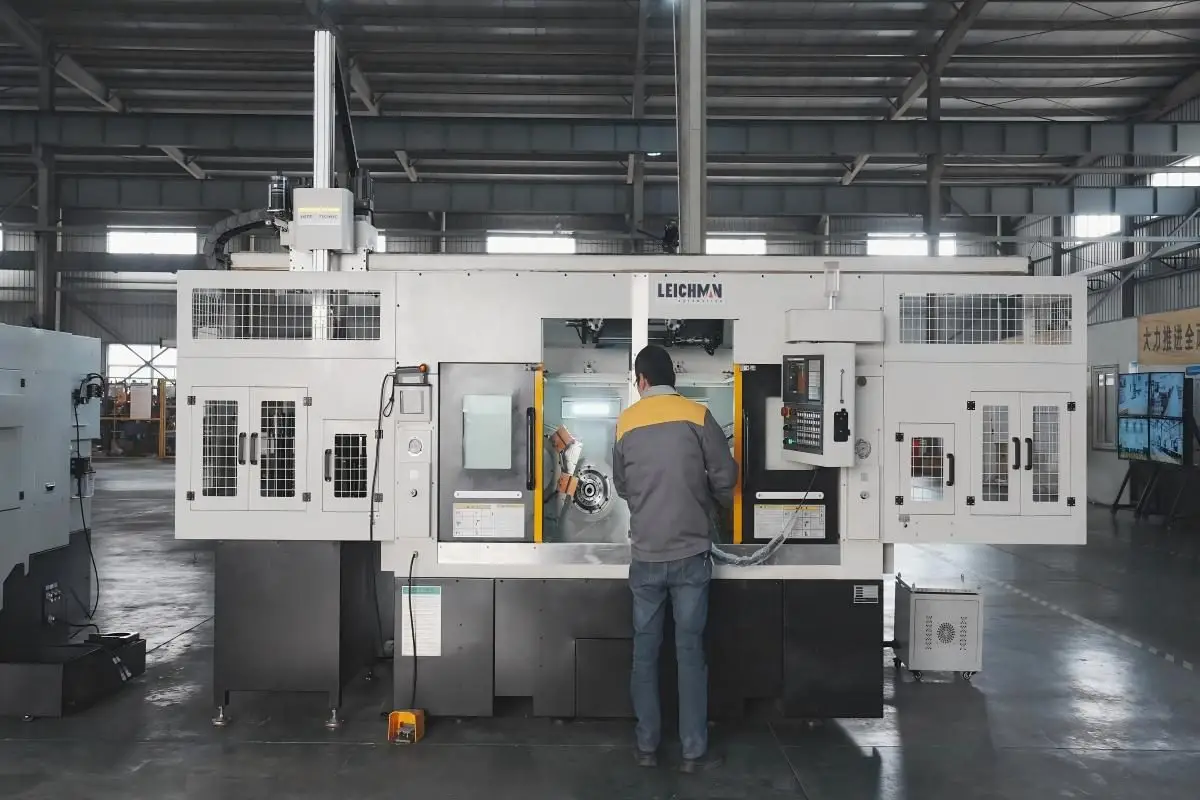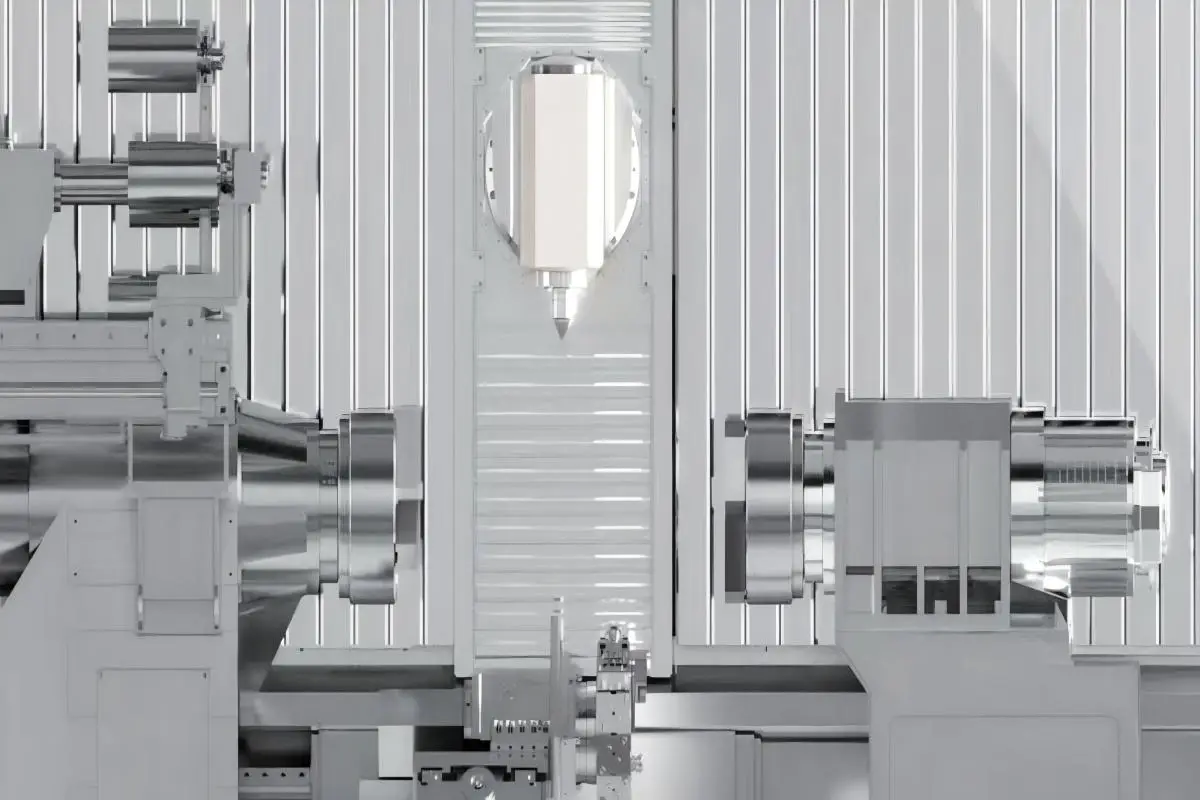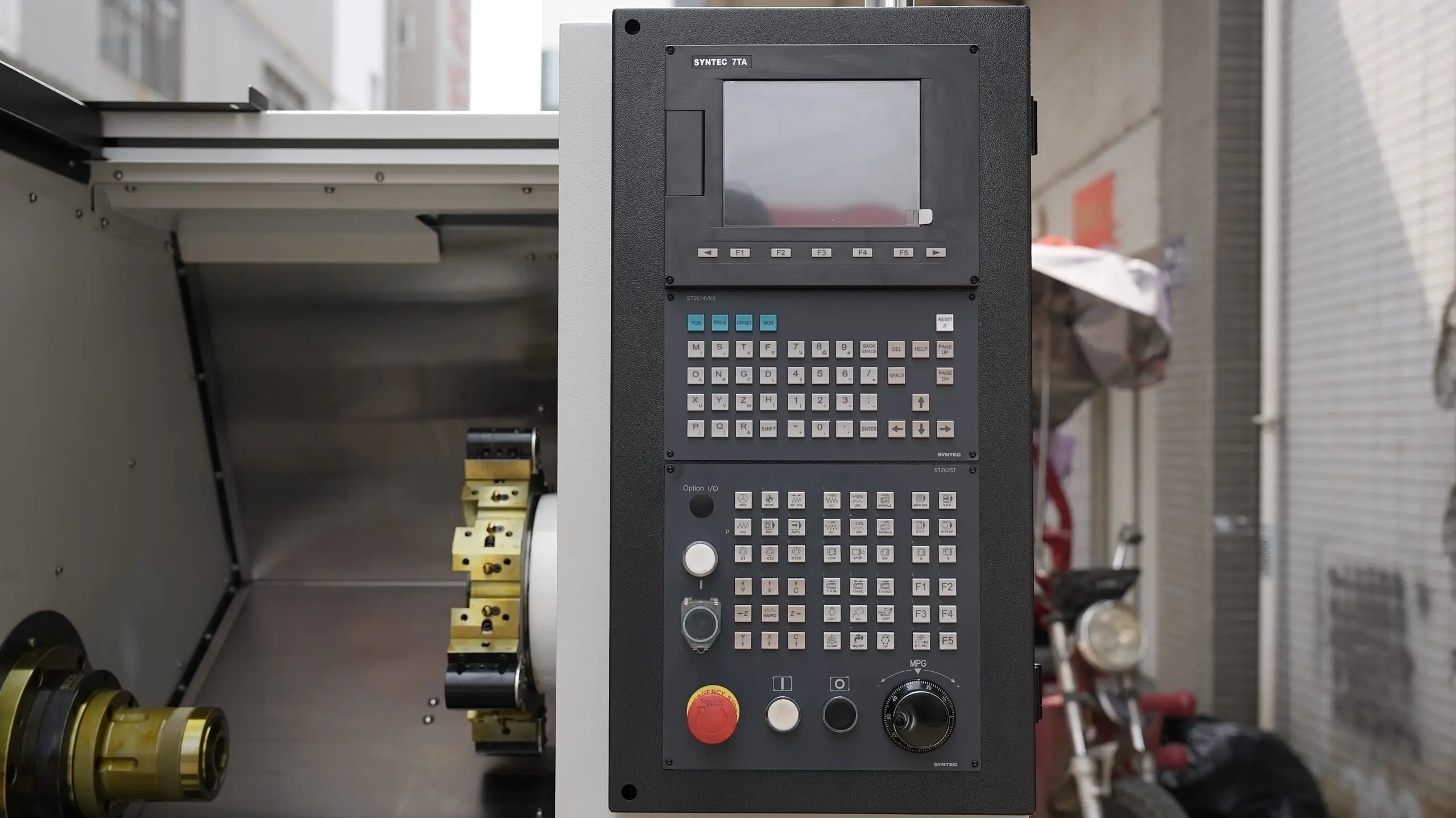At Leichman, we understand the intricacies of modern manufacturing, especially in the realm of small-batch, high-mix production. As businesses strive for efficiency and precision, the choice between CNC turning and milling machines and separate milling and turning setups becomes critical. This article aims to explore the strengths and weaknesses of each approach, providing insights into how they can best serve your production needs.
Understanding CNC Turning and Milling Machines
CNC turning and milling machines combine the capabilities of both processes into a single unit. This integration allows for seamless transitions between turning and milling operations, which can significantly reduce cycle times. In small-batch production, where setup changes are frequent, a CNC turning and milling machine can streamline workflows and minimize downtime. The ability to perform multiple operations in one setup enhances precision and ensures that components meet stringent quality standards.
Moreover, quick turn CNC machining is essential for businesses looking to remain competitive. With a CNC turning and milling machine, manufacturers can achieve faster lead times, enabling them to respond quickly to market demands without compromising on quality. This flexibility is particularly beneficial for companies that require a diverse range of parts with varying specifications.
Benefits of Separate Milling and Turning Machines
While CNC turning and milling machines offer significant advantages, there are scenarios where separate milling and turning machines might be preferable. Each machine can be optimized for its specific function, potentially leading to better performance in specialized tasks. For instance, a dedicated milling machine may provide superior surface finish and accuracy for intricate designs, while a separate turning machine may excel in creating cylindrical components.
Additionally, using separate machines can facilitate higher production volumes when specific parts are in demand. In high-mix environments, this approach allows manufacturers to allocate resources more effectively, ensuring that machines are utilized to their fullest potential. However, this setup may result in longer lead times and increased setup costs, particularly when switching between different production runs.
Cost Considerations in Small-Batch Production
Cost is a critical factor in any manufacturing decision. CNC turning and milling machines can have a higher initial investment compared to separate machines; however, the total cost of ownership should also be considered. The ability to perform quick-turn CNC machining reduces the need for extensive tooling and setup, lowering operational costs in the long run.
In contrast, while separate milling and turning machines may have lower upfront costs, they can incur higher operational expenses due to increased labor, longer setup times, and potential for misalignment between processes. For businesses operating within tight margins, these factors can significantly impact profitability.
Strategic Decisions for Your Production Needs
In conclusion, choosing between CNC turning and milling machines and separate milling and turning machines depends on various factors, including production volume, part complexity, and budget constraints. At Leichman, we believe that understanding these dynamics is essential for making informed decisions. Our Leichman LK-750MY CNC Turning and Milling Lathe is designed to meet the diverse needs of businesses engaged in small-batch, high-mix production, offering a balanced solution that enhances efficiency and quality. By leveraging the capabilities of our CNC turning and milling machines, manufacturers can achieve optimal results in today’s competitive landscape.
